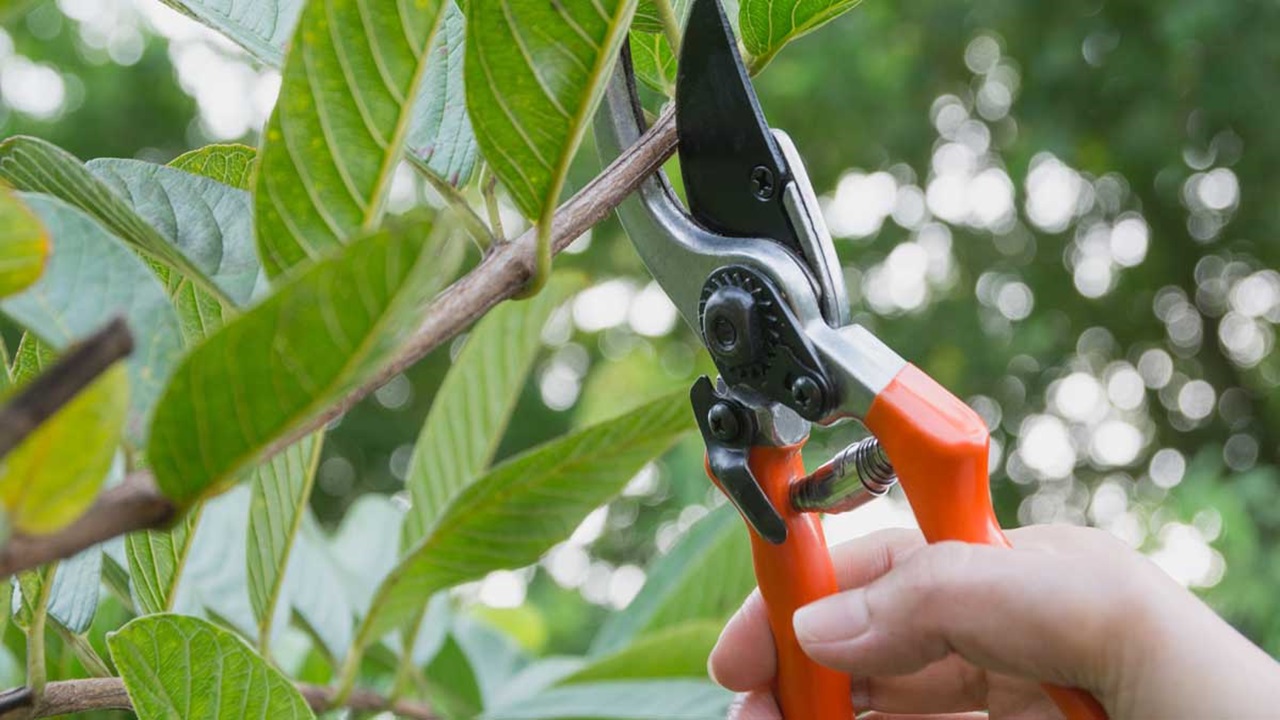Pruning is a critical activity that is needed in plant health and beautification. To landscapers and garden centers, knowledge of the right tools and methods is crucial. This article focuses on the most important tools and methods by Gardepot, a known pruning tools manufacturer, that can increase productivity in different landscaping operations.
Essential Pruning Tools
Hand Pruners
Of all the tools used in pruning activities, hand pruners are arguably the most popular. They are most effective for cutting small branches and stems and as such are ideal for fine cutting. When choosing the pruners it should be accompanied by a sharp blade and a good handle since they are factors that distinguish how efficacious the pruners are at pruning and the level of precision required respectively. A good hand pruner is essential particularly if you are pruning for several hours at a time.
Loppers
When branches are big and cannot be pruned using hand pruners, loppers are used in the branches. Unlike some other tools, these long-handled tools are ideal for fashioning the leverage necessary to make a clean cut on thicker stems without undue effort. Landscapers should look at loppers with the ability to vary the length of the handles to allow for easy use of the tool.
Saws
For branches or trees that are a little big, a pruning saw is very useful. Unlike normal saws, pruning saws are made for cutting green wood, which makes the cuts clean and fast healing. In large jobs, folding and straight saws can be handy tools for a landscaper to have in his arsenal.
Pole Pruners
In large trees that may have very high branches, there will always be a way of getting them trimmed by using pole pruners. These low-extendible tools help to cut overhead without using ladders. When choosing a pole pruner, the excellent option is one with little weight so that the user does not get tired fast.
Pruning Techniques
Thinning
Thinning is a way of pruning to remove branches that hinder light and air penetration into the plant. This technique is most effective with shrubs and trees because it promotes good growth and minimizes the chances of the plants getting a disease. The branches that should be pruned by landscapers include those that cross each other or that are weak or damaged.
Heading Back
Back budding is a pruning technique in which branches are cut back to a bud or a lateral branch. This method promotes thicker growth and allows the Bush molding to regulate the growth of the plant. When pruning it is important to cut at a slant just above the bud to encourage new growth.
Conclusion
Landscapers and garden centers must know the techniques and types of pruning tools. Hand pruners are ideal for precise cuts, small branches, loppers for larger branches up to 2 ½ inches, saws for thicker branches, and pole pruners for those trees that are hard to reach. Some of the general practices include thinning, heading back, and renewal pruning all of which improve the health and look of the plant. With the right tools and proper methods, there is no reason why the professionals in landscaping healthy plants cannot have while giving the public aesthetically appealing landscapes. If a person is willing to prune correctly, then the plants will be healthier, and the clients will be happier.

